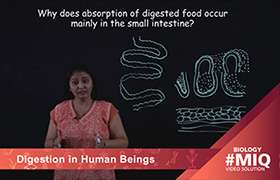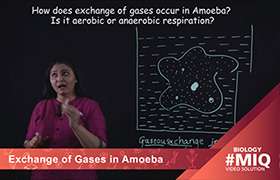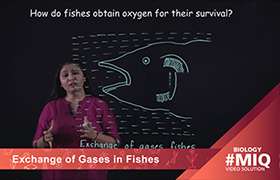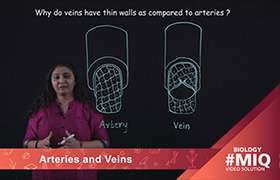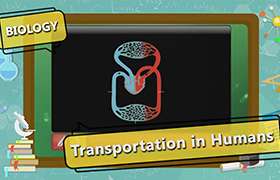CBSE Class 10 Answered
Desert plants or plants that live in arid environments are vulnerable to desiccation. CAM photosynthesis allows plants to keep pores closed during the day, when the sun and wind would otherwise cause plants to lose the most water.
These plants fix carbon dioxide (CO2) during the night, storing it as the four carbon acid malate. The CO2 is released during the day, where it is concentrated around the enzyme RuBisCO, increasing the efficiency of photosynthesis. The CAM pathway allows stomata to remain shut during the day; therefore it is especially common in plants adapted to arid conditions. The most important benefit to the plant is the ability to leave most leaf stomata closed during the day[2]. CAM plants are most common in arid environments, where water comes at a premium. Being able to keep stomata closed during the hottest and driest part of the day reduces the loss of water through evapotranspiration, allowing CAM plants to grow in environments that would otherwise be far too dry
CAM plants take in carbon dioxide during the night through pores in their leaves. During the day, the pores close and the stored carbon dioxide is used for photosynthesis. The CAM process allows plants to complete photosynthesis when environmental conditions are not optimal, which probably lent significant evolutionary advantages to plants with the CAM pathway under arid conditions.
The photosynthetic leaves of these plants accumulate malic acid or isocitric acid at night and metabolize these acidic compounds during the day.
During the night, the following reactions occur in plants with CAM photosynthesis: (a) they open up special pores in their leaves, referred to as stomata, and the leaves take in CO2 from the atmosphere; (b) they metabolize some of their stored starch to PEP (phosphoenol pyruvate), a 3-carbon molecule; (c) they combine carbon dioxide with PEP to form malic acid or isocitric acid, 4-carbon molecules; (d) they accumulate large amounts of malic acid or isocitric acid in their leaves.
During the day, the following reactions occur in plants with CAM photosynthesis: (a) they close their stomata; (b) they release carbon dioxide from the accumulated malic acid or isocitric acid; (c) they combine this released carbon dioxide with RuBP and the Calvin cycle operates.

